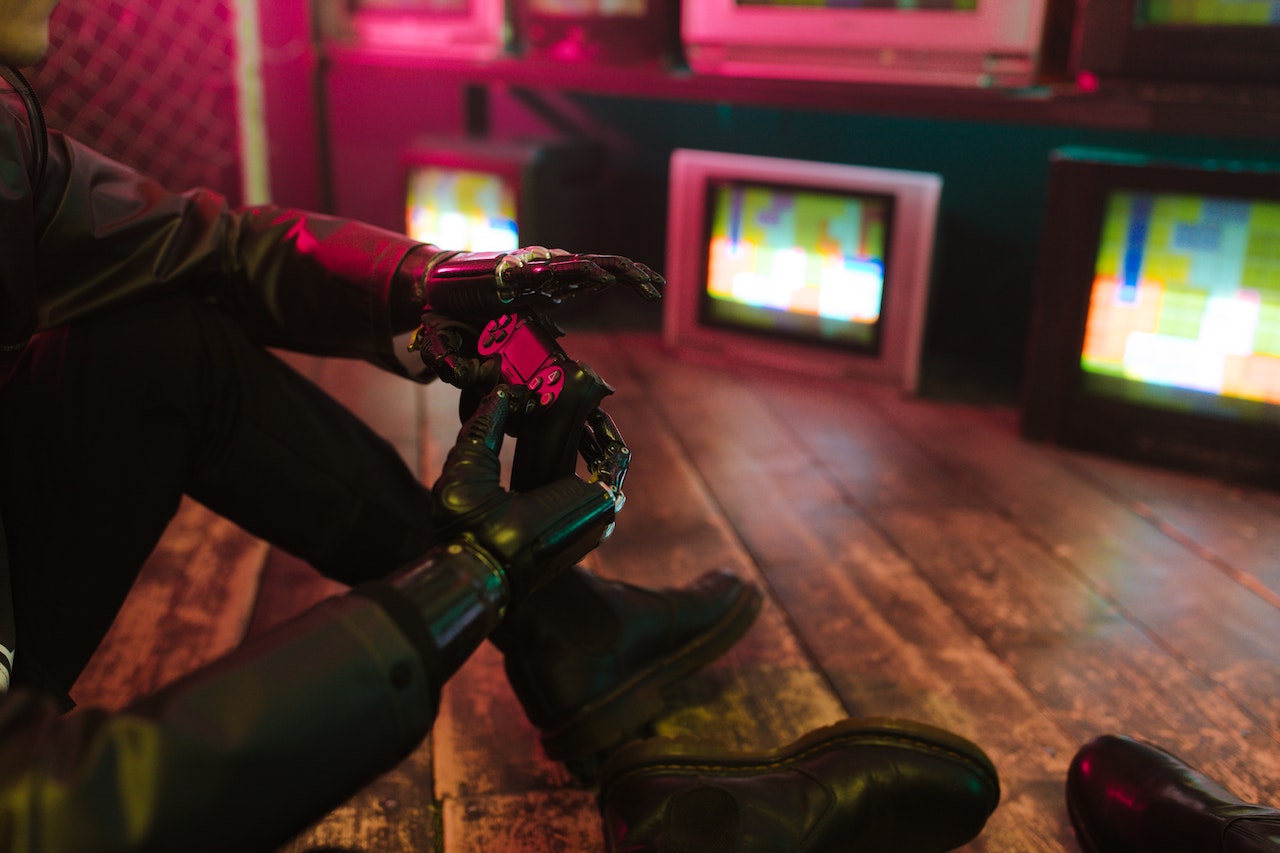Introduction
Amputation, while challenging for individuals of all ages, can be particularly daunting for children. Fortunately, advancements in pediatric prosthetics have been transforming the lives of young amputees, empowering them to explore the world with boundless curiosity and confidence. In this article, we will explore the exciting developments in pediatric prosthetics, how they cater to the unique needs of children, and the heartwarming stories of amputee children who have embraced their prosthetics with resilience and joy.
- Customization for Growing Bodies:
One of the most critical aspects of pediatric prosthetics is the need for customization to accommodate a child’s growth. Children’s bodies undergo rapid changes, and their prosthetics must be adjustable to keep pace with their physical development. Innovations such as modular prosthetic systems and expandable components have revolutionized the way pediatric prosthetics are designed, ensuring a proper fit and functionality throughout the child’s growth.
- Adapting to Play and Exploration:
Amputee children are naturally curious and eager to explore the world around them. Pediatric prosthetics are now designed to support active play and exploration, enabling children to engage in various activities with ease. Whether climbing, running, or participating in sports, these prosthetics are built to withstand the active lifestyles of young amputees, instilling confidence and a sense of normalcy.
- Child-Friendly Designs and Aesthetics:
Recognizing the emotional impact of prosthetics on children, designers are incorporating playful and child-friendly aesthetics into their creations. Prosthetic covers featuring superheroes, animals, and vibrant colors allow children to embrace their prosthetics as a unique part of their identity, rather than feeling self-conscious about their differences.
- Enhancing Social and Emotional Well-being:
The psychological well-being of amputee children is of utmost importance. With advancements in pediatric prosthetics, specialized support is provided to help young users and their families cope with the emotional challenges that may arise. Psychologists, support groups, and mentorship programs contribute to fostering a positive mindset and a strong sense of community.
- Real-Life Success Stories:
The impact of pediatric prosthetics on the lives of amputee children is best demonstrated through real-life success stories. Emily, a spirited eight-year-old, found her stride again with a 3D-printed bionic hand that allowed her to draw, paint, and hold her favorite toys. This newfound independence not only brought joy to Emily but also alleviated the concerns of her parents.
Another inspiring story features Alex, a ten-year-old amputee who discovered his passion for soccer with the help of a sport-specific prosthetic leg. Alex’s determination and the support of his peers and coaches on the field have transformed his life, demonstrating how pediatric prosthetics empower young individuals to excel in their passions and dreams.
Conclusion:
The advancements in pediatric prosthetics have redefined the possibilities for amputee children, offering them the gift of mobility, confidence, and self-expression. By addressing the unique needs of growing bodies, promoting active play, and embracing child-friendly designs, these prosthetics have created a world of possibilities for young users.
The emotional well-being of amputee children is also nurtured through specialized support systems, fostering resilience and a positive outlook on life. With each success story of young individuals overcoming challenges and embracing their prosthetics, we are reminded of the transformative impact of technology and compassion on shaping a brighter future for the next generation of amputees.
As researchers and designers continue to innovate in pediatric prosthetics, we can look forward to a future where amputee children thrive in a world of inclusivity, where their prosthetics are not just functional aids but empowering companions on their journey of exploration, growth, and limitless possibilities.



